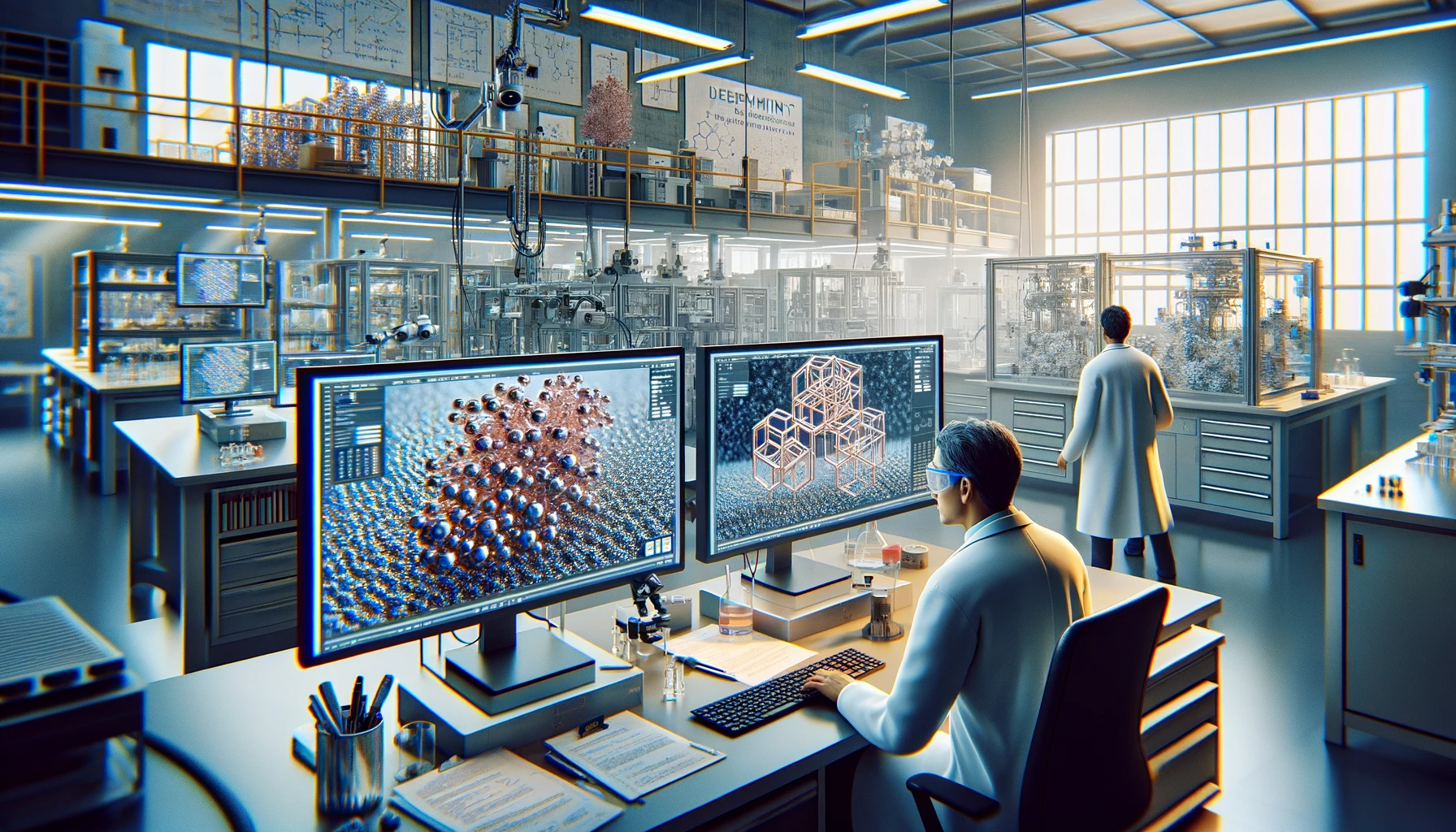
Google DeepMind and Lawrence Berkeley National Laboratory have made a groundbreaking scientific announcement today, unveiling their remarkable achievement in creating a novel AI system named GNoME. This innovative AI system has uncovered an astonishing repository of over 2 million previously unknown materials with potential applications in technologies such as batteries, solar panels, and computer chips.
This groundbreaking research has been published in two seminal papers within the renowned scientific journal Nature. In one of these studies, DeepMind researchers elucidate how they have significantly enhanced deep learning techniques to empower GNoME in exploring potential material structures with unprecedented efficiency.
In a mere 17 days, this AI system demonstrated its prowess by identifying a staggering 2.2 million potentially stable new inorganic crystal structures. Astonishingly, more than 700 of these structures have already been substantiated through experimental validation, marking nearly a tenfold increase in the knowledge of stable inorganic crystals compared to previous data.
The second paper delves into the rigorous testing of GNoME’s predictions through autonomous robotic systems at Berkeley Lab. Over a continuous span of 17 days, these automated experiments successfully synthesized 41 out of 58 of the anticipated compounds, achieving an exceptional success rate of 71%.
The wealth of newly discovered material data has been made readily accessible through the Materials Project database, enabling researchers to meticulously sift through these structures to identify materials with specific properties suitable for real-world applications. For instance, the research unveiled 52,000 potential new 2D layered materials akin to graphene, a remarkable 25-fold increase in potential solid lithium-ion conductors compared to prior studies, and the identification of 15 additional lithium-manganese oxide compounds that could serve as alternatives to lithium-cobalt oxide in batteries.
The linchpin of GNoME’s capabilities resides in its utilization of sophisticated graph neural networks, which can swiftly and accurately predict the stability of proposed crystal structures in a fraction of a second. This efficiency enables GNoME to winnow down vast numbers of computer-generated candidates to select the most promising ones.
In contrast to previous machine learning techniques, which struggled to estimate the energies and stability of potential materials, this research demonstrates that, given an ample dataset and computational power, deep learning can yield extraordinary insights. The researchers underscored the effectiveness of artificial intelligence-driven platforms for autonomous materials discovery, expressing their motivation to further integrate computation, historical knowledge, and robotics in their study.
This scientific breakthrough bears monumental implications for the future of scientific exploration and the role of artificial intelligence in materials science. Such AI-driven methodologies could accelerate the development of new materials tailored to specific applications, potentially expediting innovation and reducing costs in product development.
Moreover, the integration of AI and deep learning hints at a future where laborious and time-consuming laboratory experiments could be minimized or even entirely replaced, affording scientists more time for the design and analysis of unique compounds.
The impact of these developments is nothing short of revolutionary, ushering in a new era in materials science that promises advancements in a myriad of fields, ranging from the creation of more efficient energy storage systems to the development of cutting-edge medical equipment. As material discovery embarks on this transformative journey, the synergy of artificial intelligence, deep learning, and scientific research continues to push the boundaries of what is achievable.
